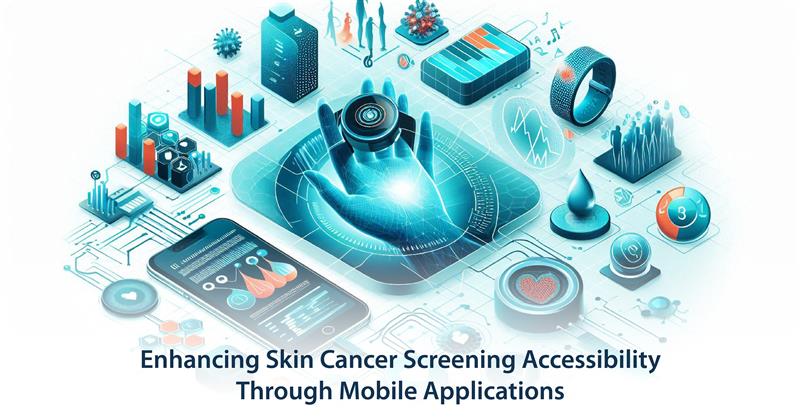Introduction
Alpha and beta cancers rank as the leading form of malignancy worldwide because they produce fresh cases in millions annually. Public health outcomes strengthen when medical access occurs early enough for lifesaving treatment while expenditures decline. The limitation of prompt screening services mainly targets regions that do not have proper medical infrastructure in remote areas. The physical barriers for patients to visit dermatologists exist because screening appointments traditionally rely on in-person medical visits. The development of mobile technology provides society with an unmatched opportunity to deal with these barriers. Outside medical facilities, healthcare providers now use mobile applications to expand their screening services, which leads to simpler early detection opportunities. The study explores mobile applications as a means for skin cancer screening using technical explanations together with analyses of implementation prospects and present limitations in its approach.
The Importance of Early Skin Cancer Detection
Successful skin cancer treatment becomes more probable when patients detect their condition at its primary stage. A timely diagnosis of skin cancer called melanoma improves the treatment process when the cancer is found early. The delayed diagnosis of skin cancer happens because patients face barriers to accessing dermatologists and healthcare facilities that meet specialized needs. Mobile applications serve as a solution by giving users tools to conduct preliminary skin cancer evaluations and close the gap between healthcare providers and patients.
Role of Mobile Applications in Skin Cancer Screening
Advanced image processing algorithms and machine learning techniques inside mobile applications evaluate skin lesions for the purpose of skin cancer screening. Users can take pictures of unusual skin growths using their smartphone camera function. The applications assess captured images based on their color tones and their size specification, as well as their shape properties. Risk assessment scores included in some applications enable users to evaluate their situation regarding seeking medical advice.
